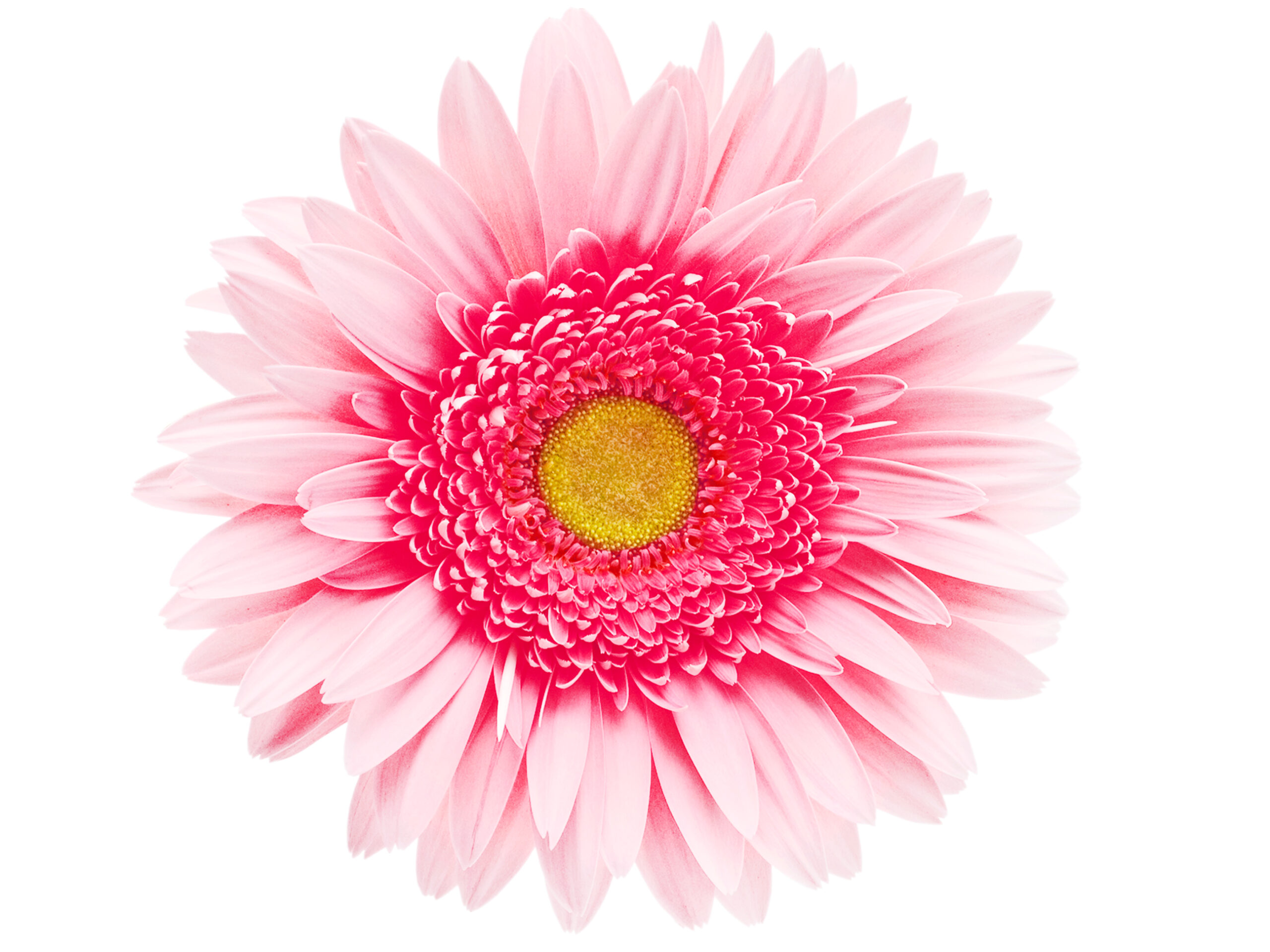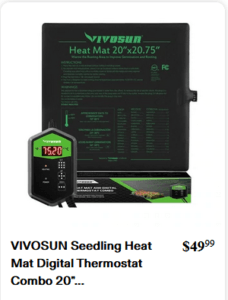Hello!
Garden friends, today I want to talk about the beautiful Lisianthus flower and how to grow lisianthus from seed – fresh cut flowers. It’s one of the most popular, high-end fresh cut flowers at farmers market. I have several colors and varieties that I will be planting this year and starting them from seed indoors tomorrow 1/10/2022.
The Lisianthus flower belongs to the Gentianaceae family. Other names for this beautiful flower are; Prairie Gentian, Texas Bluebell, Bluebells, and Tulip gentian. Lisianthus flowers come in single and multi-pedal flowers, the single resemble tulips or poppies and the double blooms resemble a rose or peony. Lisianthus are also related to the carnation family and is native to the southern states of the USA, Carribean, Mexico and South America. Nickname for Lisianthus is Lizzie’s.
Starting Lisianthus Indoors
As some of you may know or not know, Lisianthus take a long time to grow, 12 to 14 weeks. Some even say they can be tricky to grow and some say they are easy to grow. You can sow lisianthus seeds in cell packs, flats or even take out containers with the clear plastic lid or if no lids you can use plastic wrap on top. This creates the greenhouse effect to help keep moisture to help germination.
Most lisianthus seeds come pelleted, so far all my lisianthus seeds are pelleted. This allows for easier sowing and accuracy, they are easier to see. The pelleting may shorten shelf life of the seed. I am a member of a Facebook group, called Lisianthus seed starters, and I asked this question. Most of them are using seeds from the previous year. The other thing they all were saying is to store them in a dark cool place and this can increase the shelf life of the pelleted seeds. Some said they had better germination rates the second year vs the first year.
Use a potting mix that has been pre-moistened. The soil should hold form when wet but not dripping water when squeezing. Press seeds into the soil. If you don’t have a lot of room for heat mats and grow lights plant the seeds in a flat or take out containers until the seeds germinate. Keep soil evenly moist but not soggy. Do not allow the grow medium to dry out during germination. Keeping the soil moist breaks down the coating on the seed. Soil temperature needs to be 70 to 75 degrees to help germination and make sure to have good air circulation. Germination can take 10 to 14 days and some garden sites say maybe 20 days. 
Once they germinate, maintain a soil temperature between 60 to 70 degrees and remove the domes. If you started these in a flat or take out container, you can gently remove them and add them to plug trays. One seedling per plug. If you have plenty of room with heat mats and grow lights, use deep plugs and one seed per plug. You will want to watch the temperature and not get to warm. Rosetting can happen when the plant is stressed with temperatures consistantly above 80 degrees during the day and 70 degrees at night. They can also get rosetting if they are overwatered or allowed to dry out during germination.
When 4 to 5 true leaves have developed, in about 55 to 60 days, it’s time to plant outside, if your weather permits. You can also use frost cloth on nights of frost danger. Plant in full sun or if in a hot climate in partial shade.

Transplanting Lisianthus Outdoors
When the weather conditions allow you to for transplanting lisianthus outdoors, they can be planted in full sun to partial shade if in a hot climate. Do not allow the plugs to get root bound, as this may promote flowering too early and on short stems. Space the transplants 6 to 8 inches apart in the garden. To encourage bushy growth, pinch back plants at the third node.
To prevent stem rot, try not to bury the plugs too deep. Planting the plugs a little higher than the soil level will help to protect against rhizoctonia.
Keep the soil evenly moist but not saturated, and do not let the plants dry out. Reduce water levels once buds have formed. To prevent the flowers from getting burned from high light levels and warm temperatures a light shade cloth can be used.
It is not recommended to direct sow, most places don’t have that long of a growing season. If you are in the south you might be able to direct sow.
Rosetting
Rosetting is when the plant fails to flower and instead produces a basal cluster of leaves. this occurs when temperatures, water and light requirements are not followed. Once rosetting happens it is difficult to reverse but may be reversed by lowering the temperatures to 50 degress for approximately 30 days. By following the cultural guidelines outlined, you can successfully prevent rosetting.
Picture of what Rosetting looks like
Once budding and flowering has initiated, rosetting is no longer a concern and the plants can handle more extreme temperature fluctuations.
Lisianthus Pest and Diseases
Crop rotation should be practiced to prevent the build-up of pathogens and pest in the soil. the most commong pest for lisianthus are aphids, leaf miners, thrips, and white flies. Lisianthus is susceptible to botrytis, fusarium and other diseases.
Lisianthus Harvest
Harvest when one or more flowers are open. There is often a long period of time between the first bloom and subsequent blooms. Harvesting or pinching the first blooms will result in a more uniform set of blooms per stem. the harvested first blooms is useful in corsages, small bud vases or short arrangements.

If you desire a staggered harvest, you can plant different harvest groups (1, 2, and 3) on the same date they will mature at different times. For example, when planting a later flowering group 3 variety along with an earlier group 2 variety, the later group will begin to bloom approximately 2 weeks after the earlier group.
Chart from Johnny;s seeds select. Johnny’s don’t sell group 4 lisianthus seeds. You can see in the graph above the 5 different series’ and when they harvest. The Echo series looks to be first to bloom the Mariachi, Rosanne, Doublini are on the same schedule and the Arena III series harvest into the fall.
Happy Planting!
Lisianthus is one of the most beautiful flowers out there. Lisianthus can be tricky to grow. You just need a little patients and watching the soil moisture, you should have beautiful flowers in the summer. Make sure the temperatures don’t get 80 degrees and above or over watering to prevent rosetting. Once the flowers have blossomed rosetting is no longer an issue.
Have you grown lisianthus before?
Leave a comment below and let me know how they worked for you.
Below is the seed starting equipment I used, heat mat and thermostat. These are affiliate links, if you click on one of my links and purchase something, I may get a commission that supports my website and you get a great product at no extra charge to you. Thank you in advance if you purchase from my affiliate links.
VIVOSUN Seedling Heat Mat Digital Thermostat Combo 20″ x 20.75″
VIVOSUN 10″x20.75″ Seedling Heat Mat and Digital Thermostat Combo Set MET Standard
VIVOSUN Seedling Heat Mat Thermostat Only
Also if you need any seed starting trays or potting soil – Home Depot Garden Center has everything you need
>>>> = Click Home Depot Garden Center = <<<<
Cheers!
Chris











I have been looking for something to grow in my garden. There is a gap that needs to be filled so I believe that this will be perfect for that gap. I will be sure to try it out and let you know how it goes. How long do you think it will take for this plant to grow?
Hi Aubin,
These need to be started indoors if you live in a cold climate. They need to grow indoors 13 to 16 weeks before your last frost date. Germination usually shouldn’t take to long if you have the right conditions. They do well with a heat mat with temperatures of 60 to 70 degrees and grow light. I started mine this past week. They can take some cold but not freezing. Once they bloom they should go until your first frost, if you have frost in your area.
Please let me know how it goes
Chris
Hey there Chris,
This is a great post and will really help me keep my father inlaws garden looking at its best. My father inlaw past away a couple of months ago and we just moved into his house, he loved his garden and took very good care of it. So I have very big shoes to full and I am no gardener or have no idea what to do. Your article will really help me add value to his garden. Thank you for the step by step instructions on how to plant and grow Lisianthis.
Regards
Lawrence
Hi Lawrence,
First I want to say my condolences for the passing of your father in law. Thank you for reading my post and glad it can help. I plan on doing more flower posts in the future. Stop by again and good luck with your new flower garden. I find it very enjoyable and rewarding having a flower garden.
Chris
My wife has been trying to grow Texas Bluebell for several years now. After reading your instructions on how to start them inside, I now see what her problem was. I will be starting them from seed this year personally and showing her step-by-step on how to achieve best results. She and I share many of the responsibilities for our common flower and vegetable gardens. This is my year for flowers.
Jerry
Hi Jerry,
Texas bluebell is another name for Lisianthus. I just love all the different series and colors. They take a long time to grow but since you are in Texas you will be able to get them in the ground sooner and will last longer through the year with your climate. The lisianthus don’t like to be over 80 degrees when they are just growing and don’t like to be over watered, it stress them out then rosetting will happen and the plants are done. Once the plant is flowering rosetting is no longer an issue. Good luck and let me know how it goes this year.
Chris
I love to grow my own flowers from seeds, and the Lisianthus flower is a beautiful flower. I tried before but never could get them to do anything. I have a few clear containers stored away, going to take your instructions and try to grow the flower again. Also, it takes that long to produce a flower from the seeds, I might have not given it that much time. Thanks for sharing your guide.
Hi Jannette,
They do take a long time to grow. If you don’t have the soil temperature between 70 to 75 degrees they may take longer to germinate as well. They take a lot of patience to grow these beautiful flowers.
Good luck
Chris
This is my first time growing Lisianthus. I planted the Voyage 2 Lavender & Champagne series, group 2. I got my seeds in early Feb and planted them Feb 10. I used a heat mat (with no temp control) and a dome until they germinated. About 1/2 failed to grow, mostly in the center of the tray which makes me wonder if there was too much heat in the center of the mat. I either mist them or use a small spoon to drop water on them as needed. My question is, do I turn off the heat mat now that they have germinated? They are in a spare room under lights that are on about 14-16 hrs a day. The house can get down to 58-60 at night. Also, should I have a fan running?
Hi Connie,
The heat mats should not reach 72 degrees during germination and after germination, take off the humidity domes and off the heat mats but continue with grow lights if you have them. Lisianthus do not like hot temperatures, so your house temps at night are fine but they probably would like those temps during the day as well. After germination they also like the soil to get a little dry between watering and if possible should water from the bottom to not get fungus gnats that can eat the roots and kill the plants. I have been battling fungus gnats.
Lisianthus will germinate without heat mats but may take longer but they do need light to germinate and grow. I hope this helps. Let me know if you have anymore questions.